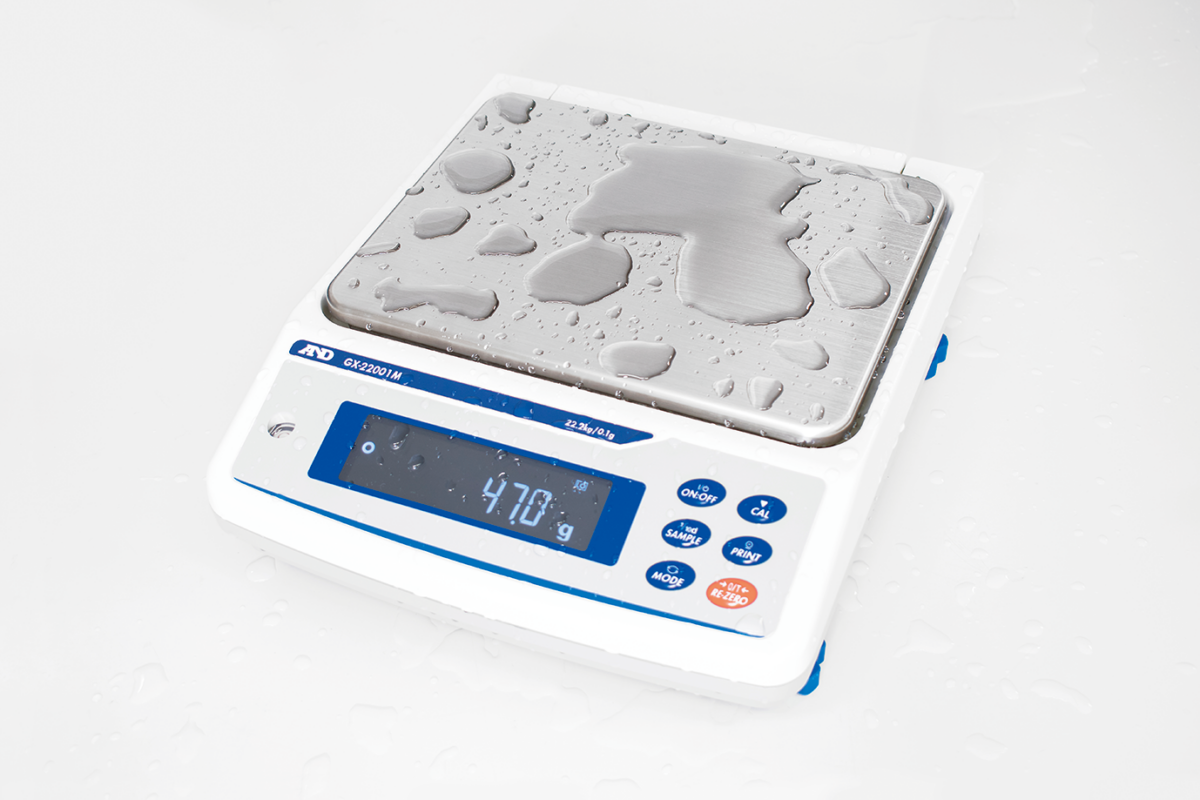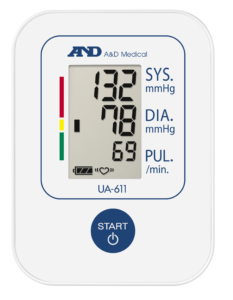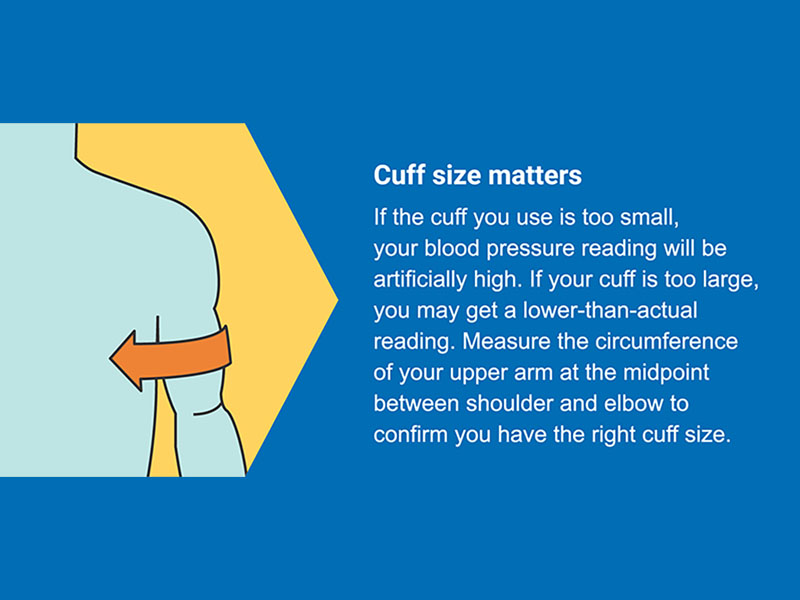The New Apollo Has Landed
Check out our new GX-M/ GF-M Series
Our new Apollo series high-capacity precision balances are here. Check out some of the key features:
Increased productivity
Automatic self-calibration in response to temperature changes or according to set schedules (GX-M).
Automatic minimum weight calculation with either ECL or external weight.
Minimum weight alert so you never weigh below your pre-set minimum weight.
Long-lasting construction
(ISD) Impact Shock Detection providing feedback to prevent damage to the weight sensor.
IP65 dust and waterproof which is great when it comes to cleaning the balance.
All metal heavy duty construction with leaf sprung weighing pan.
Data Compliance
GLP/GMP/GCP/ISO compliant output to meet documentation requirements.
Data Memory functions allows easy storage & export via RS232 or Quick USB with use of WinCT software communication tool.
UAC (User Access Control) Assign Admin and Operator passwords.
Remote keyboard lockout.
Realtime Clock with Date and Time.





